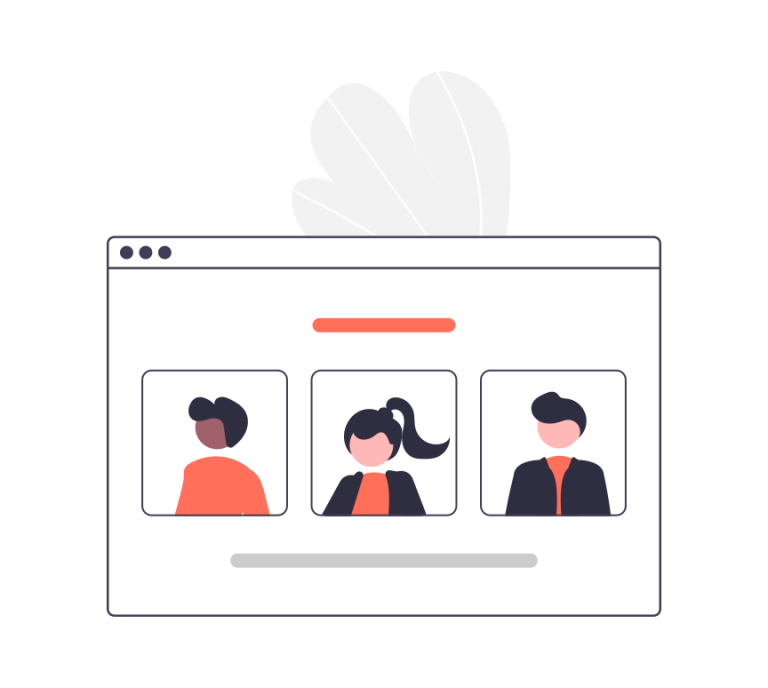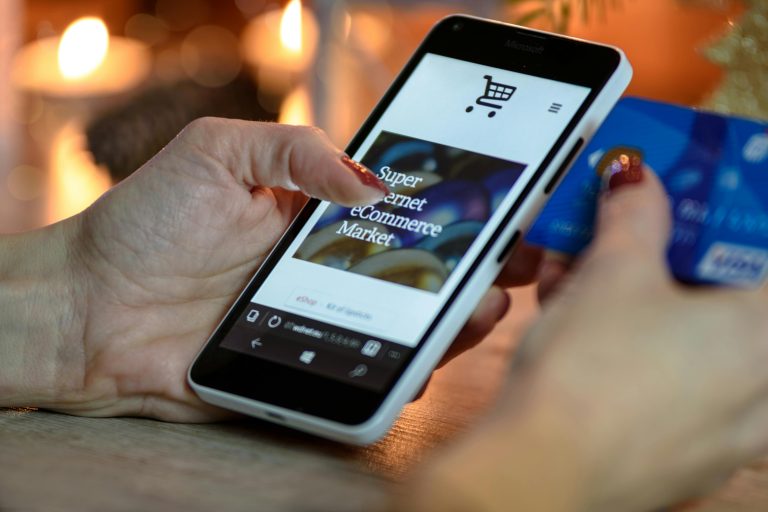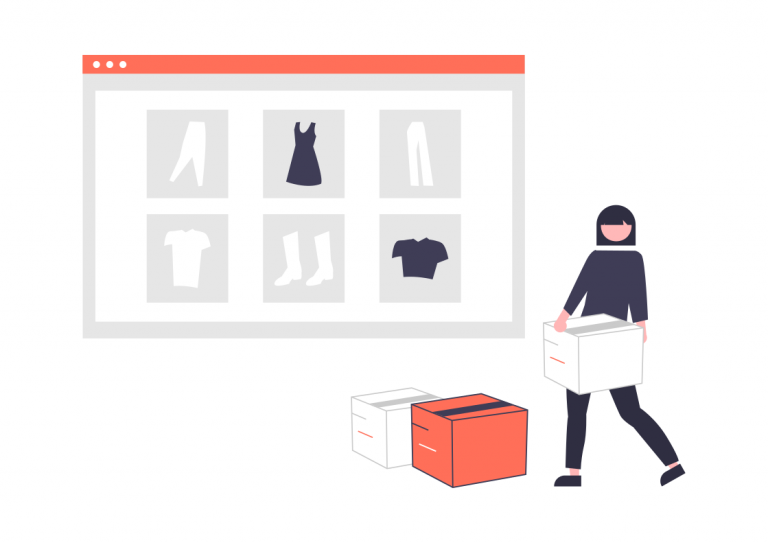Top 10 USA Web Design Trends
In web design, staying ahead of the curve is paramount. With technology constantly evolving, user preferences shifting, and new design tools emerging, it’s crucial for web designers and businesses alike to keep abreast of the latest trends shaping the digital landscape. As we venture further into 2024, let’s delve into the top 10 web design trends taking the USA by storm.
1. Dark Mode Dominance
Dark mode isn’t just a passing fad; it’s become a staple in modern web design. Offering a sleek and sophisticated aesthetic, dark mode reduces eye strain and conserves battery life on devices. Many popular websites and applications have embraced this trend, providing users with the option to toggle between light and dark themes seamlessly.
2. 3D Elements and Illustrations
Immersive 3D elements and illustrations are revolutionizing web design, adding depth and interactivity to digital experiences. From dynamic product showcases to captivating animations, 3D visuals captivate audiences and bring brands to life in ways previously unimagined.
3. Microinteractions for Enhanced Engagement
Microinteractions, such as subtle animations, hover effects, and interactive feedback, play a pivotal role in enhancing user engagement. By providing feedback in response to user actions, microinteractions create a more intuitive and enjoyable browsing experience, keeping visitors hooked and encouraging interaction.
4. Voice User Interface (VUI) Integration
With the rise of virtual assistants and smart speakers, integrating voice user interfaces into web design has become imperative. VUI allows users to interact with websites using natural language commands, offering a hands-free and accessible browsing experience. From voice search functionality to voice-activated navigation, VUI enhances usability and inclusivity.
5. Minimalist and Clean Designs
Less is more in the world of web design, with minimalist and clean designs continuing to dominate the digital landscape. Stripping away clutter and focusing on essential elements not only improves visual appeal but also enhances usability and navigation. Minimalist designs convey a sense of sophistication and professionalism, fostering trust and credibility.
6. Mobile-First Approach
With mobile devices accounting for the majority of web traffic, adopting a mobile-first approach is non-negotiable. Responsive design ensures that websites adapt seamlessly to various screen sizes and devices, providing users with a consistent and optimized experience across platforms. Prioritizing mobile optimization is key to reaching and engaging today’s on-the-go audiences.
7. Sustainability and Eco-Friendly Design
As environmental consciousness grows, so does the demand for sustainable and eco-friendly design practices. From energy-efficient hosting solutions to eco-conscious design elements, incorporating sustainability into web design not only reduces carbon footprint but also aligns with consumers’ values. Green web hosting, minimalist designs, and renewable energy usage are just a few ways to champion sustainability in web design.
8. Augmented Reality (AR) Integration
Augmented reality is blurring the lines between the digital and physical worlds, offering immersive experiences that captivate and delight users. From virtual try-on experiences for e-commerce websites to interactive AR tours for real estate listings, integrating AR technology into web design adds a layer of engagement and excitement, driving user interaction and conversions.
9. Inclusive Design for Accessibility
Accessibility should be at the forefront of web design considerations, ensuring that websites are usable and navigable for users of all abilities. Inclusive design practices, such as semantic HTML, keyboard navigation, and alternative text for images, empower users with disabilities to access and interact with web content effortlessly. By prioritizing accessibility, web designers can create inclusive experiences that resonate with diverse audiences.
10. Personalization and Customization
In an era of personalized experiences, web design is embracing customization to cater to individual user preferences and behaviors. From personalized recommendations based on browsing history to tailored content based on demographic data, personalization enhances user engagement and fosters brand loyalty. By leveraging data-driven insights, web designers can create dynamic and relevant experiences that resonate with each visitor.
How does dark mode benefit users and why has it become so popular?
Dark mode offers several benefits to users, including reduced eye strain, especially in low-light environments, and increased battery life on devices with OLED screens. The contrast provided by dark mode also enhances readability and visual comfort for many individuals. Its popularity stems from both its practical advantages and its sleek, modern aesthetic, which appeals to users across various demographics.
What are the key considerations for incorporating 3D elements and illustrations into web design?
When incorporating 3D elements and illustrations into web design, it’s essential to strike a balance between visual appeal and performance optimization. Designers must consider factors such as file size, loading times, and device compatibility to ensure a seamless user experience. Additionally, 3D elements should complement the overall design theme and enhance storytelling without overwhelming or distracting users.
How do microinteractions contribute to user engagement and why are they important in web design?
Microinteractions play a crucial role in enhancing user engagement by providing instant feedback and creating a more interactive browsing experience. These subtle animations and effects communicate system status, guide users through tasks, and add delight to interactions, ultimately fostering a deeper connection between the user and the website. In web design, microinteractions are important because they improve usability, encourage exploration, and differentiate brands in a crowded digital landscape.
What are the challenges and opportunities associated with integrating voice user interfaces (VUI) into web design?
Integrating voice user interfaces (VUI) into web design presents both challenges and opportunities. On one hand, designers must account for variations in speech patterns, accents, and language preferences to ensure accurate voice recognition and comprehension. On the other hand, VUI offers the opportunity to create more accessible and hands-free browsing experiences, catering to users with disabilities and those seeking greater convenience. Designers must strike a balance between functionality, usability, and inclusivity when implementing VUI in web design.
How does minimalist design contribute to user experience and brand perception?
Minimalist design prioritizes simplicity, clarity, and functionality, focusing on essential elements while eliminating unnecessary clutter. By decluttering interfaces and emphasizing clean typography, ample whitespace, and intuitive navigation, minimalist design enhances user experience by reducing cognitive load and streamlining interactions. Moreover, minimalist design conveys a sense of sophistication and professionalism, fostering trust and credibility in the brand.
What strategies can web designers employ to ensure mobile-first optimization?
To ensure mobile-first optimization, web designers should prioritize responsive design principles, designing layouts and content structures that adapt seamlessly to various screen sizes and orientations. This includes prioritizing mobile-friendly navigation, optimizing images and multimedia for fast loading times, and implementing touch-friendly interactions. Designers should also conduct thorough testing across different devices and browsers to identify and address any usability issues or performance bottlenecks.
How can sustainability be integrated into web design practices?
Sustainability can be integrated into web design practices through various strategies, such as optimizing website performance to reduce energy consumption, utilizing eco-friendly hosting solutions powered by renewable energy sources, and minimizing the carbon footprint of digital assets. Designers can also incorporate sustainable design principles, such as using lightweight and recyclable materials in website elements, promoting energy-efficient behaviors, and raising awareness of environmental issues through digital content.
What are the potential applications of augmented reality (AR) in web design?
Augmented reality (AR) opens up a wide range of possibilities for enhancing user experiences in web design. From virtual product demonstrations and interactive shopping experiences to immersive storytelling and gamification, AR technology can engage users in novel and compelling ways. By overlaying digital content onto the physical world, AR blurs the boundaries between online and offline experiences, creating memorable interactions that leave a lasting impression on users.
How can web designers ensure inclusivity and accessibility in their designs?
Web designers can ensure inclusivity and accessibility in their designs by adhering to web accessibility standards such as the Web Content Accessibility Guidelines (WCAG). This involves incorporating features such as alternative text for images, keyboard navigation, semantic HTML markup, and adjustable font sizes to accommodate users with disabilities. Designers should also conduct usability testing with diverse user groups to identify and address any accessibility barriers.
What role does data-driven personalization play in enhancing user engagement?
Data-driven personalization allows web designers to tailor content, recommendations, and user experiences based on individual preferences, behaviors, and demographics. By leveraging data analytics and user insights, designers can create dynamic and relevant experiences that resonate with each user, increasing engagement, and driving conversion rates. Personalized content fosters a sense of connection and relevance, encouraging users to return to the website and engage with its offerings on a deeper level.
As we navigate the ever-evolving landscape of web design, staying attuned to the latest trends is essential for creating captivating and user-centric digital experiences. From dark mode dominance to augmented reality integration, these top 10 web design trends are shaping the future of digital interaction in the USA and beyond. By embracing innovation, prioritizing user experience, and leveraging emerging technologies, web designers and businesses can stay ahead of the curve and elevate their online presence.
Ready to elevate your digital presence? Contact Liss Solutions, the premier web design agency in the USA, at info@lisssolutions.com or call us at +355 69 21 57 422 to transform your vision into reality.








